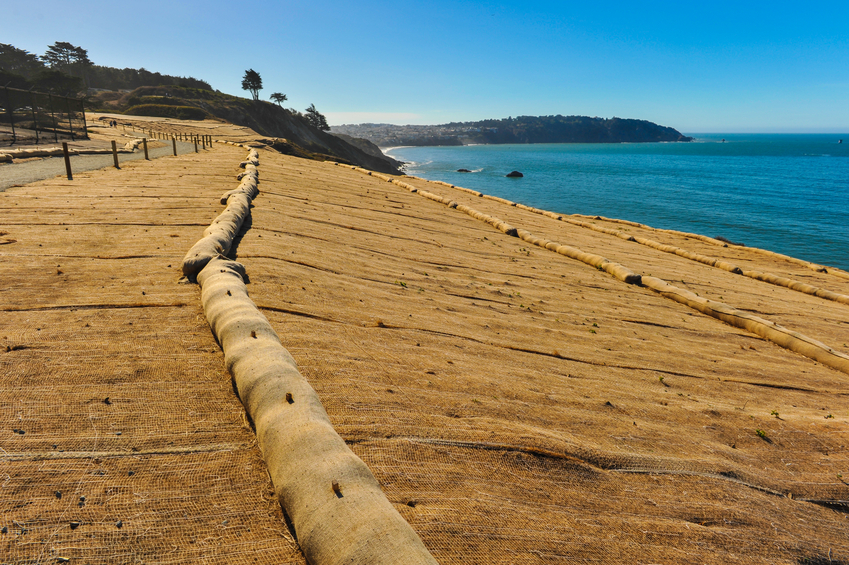A Guide to Best Management Practices Transmission Construction & Maintenance

The first known commercial use of electric transmission lines was by the California Electric Company (now PG& E) in San Francisco in 1879. Working electric transmission lines were also used at the 1878 Paris Exhibition. Early transmission lines were mounted on wooden or metal poles with the insulators and lines mounted on wooden cross-members. The simple systems of poles later evolved into larger and more complex systems of towers, rights of way, substations and access roads. Transmission lines and towers tend to blend into the environment and follow the terrain more than structures such as habitable buildings and roadways. It may be easier to overlook the environmental impact of transmission lines and towers and the access roads required for maintenance. This course introduces engineers, utilities contractors and BMP maintenance contractors to the best management practices for transmission construction and maintenance activities.
Best Management Practices (BMPs) are practices chosen to minimize erosion and prevent or control sedimentation and contributions of other pollutants from land disturbance. If properly applied, BMPs will help protect the quality of surface waters and ground water. The major ground disturbing activities associated with transmission construction and maintenance are right-of-way clearing and re-clearing, construction and maintenance of access roads, and site grading for the construction of transmission line structures, substations and communication facilities.
The techniques and methodologies described in this course document are applicable to most transmission line areas in the lower 48 United States. This course is intended to be a general guide for educational purposes. If this course is found to be in conflict with federal, state or local agency requirements, then the respective agency requirement(s) should be followed.
This 8 PDH online course is intended for civil, electrical, mechanical, and structural engineers, as well as managers in construction and industry, and planners, who are interested in learning more about BMPs for transmission construction and maintenance.
This PE continuing education course is intended to provide you with the following specific knowledge and skills:
- Sediment and Erosion Control Processes and Principles
- Preconstruction Planning
- Clearing Practices
- Construction Site Measures
- Waste Disposal
- Herbicide Use
- Stormwater Discharge Management
- Streamside management Zones
- Wetlands
- Endangered/Threatened Plant Species
- Other Sensitive Resources (Caves
- Wattles and Mulch Berms
- Silt Fences and Check Dams
- Rock Filter Dams and Riprap
- Diversions
- Access Road and Parking Area Stabilization
- Water Turnouts and Water Bars
- Broad-Based Drainage Dips
- Temporary Stream Crossings and Culverts
- Construction Entrance and Exit
- Sediment Basins
- Temporary Sediment Traps
- Polyacrylamide (PAM)
- Seeding and Stabilization Techniques
Upon successful completion of the quiz, print your Certificate of Completion instantly. (Note: if you are paying by check or money order, you will be able to print it after we receive your payment.) For your convenience, we will also email it to you. Please note that you can log in to your account at any time to access and print your Certificate of Completion.